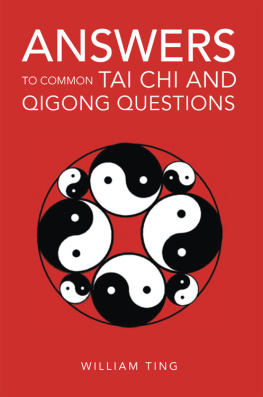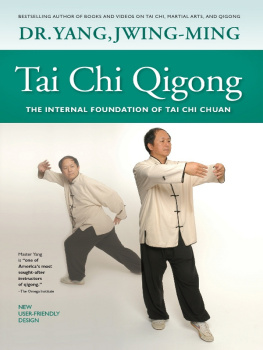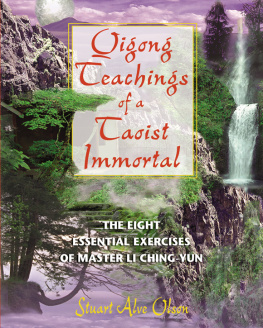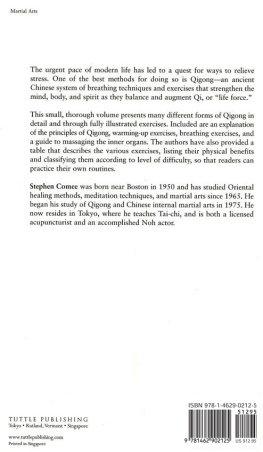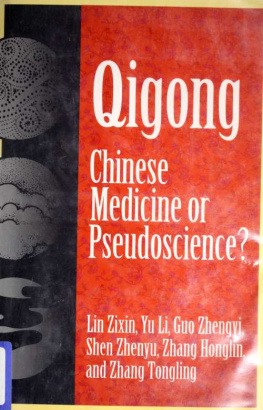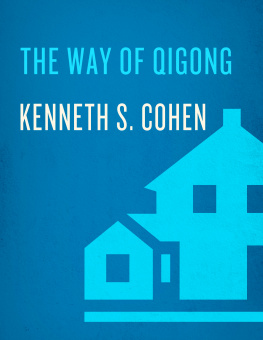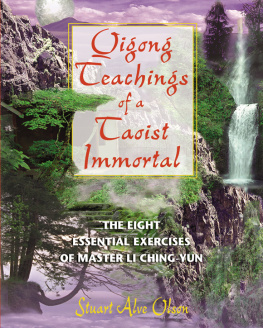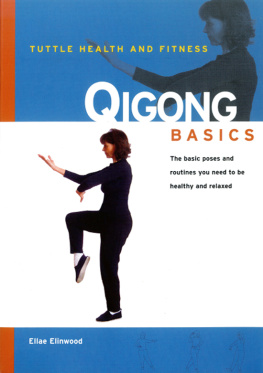Answers to Common
Tai Chi and Qigong
Questions

William Ting
Copyright 2011 by William Ting.
Library of Congress Control Number: 2011961492
ISBN: Hardcover 978-1-4653-1008-8
Softcover 978-1-4653-1007-1
Ebook 978-1-4653-1009-5
All rights reserved. No part of this book may be reproduced or transmitted in any form or by any means, electronic or mechanical, including photocopying, recording, or by any information storage and retrieval system, without permission in writing from the copyright owner.
This is a work of fiction. Names, characters, places and incidents either are the product of the authors imagination or are used fictitiously, and any resemblance to any actual persons, living or dead, events, or locales is entirely coincidental.
This book was printed in the United States of America.
To order additional copies of this book, contact:
Xlibris Corporation
1-888-795-4274
105329
Contents
I dedicate this book to my teacher, Grand Master Lu, Ji-Tang. He shared his wisdom generously. This book would not have been possible without his guidance, his knowledge, his patience and his humility for the many years I studied with him.
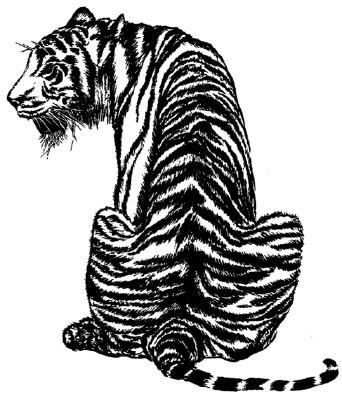
Introduction
by William Ting
I WAS VERY YOUNG when I discovered Bagua, Tai Chi and Qigong. As difficult as the political situation was at the time I became a student, I quickly realized that this was something I had to pursue, never believing at that time it would turn out to be my lifes passion.
When I began my studies with my Master, I had thousands of questions, as do all novice students. First, the questions were simple; where does a hand go, or how do you step forward and back while maintaining balance. Many of my initial questions had to do with simply learning the correct movements, the correct sequences, the correct placement of hands, feet, and body. As my practice progressed, these same questions took on new dimensions as my form improved, as my knowledge increased and my practice steadied.
Asking questions became the basis of my education. Books were scarce and the actual practice of the martial arts was forbidden. The only medium available for me to learn was through the constant dialog of questions with my Master. It was very important to both of us that a student not only learned how to do a movement, but why the movement was performed in a certain manner to make it effective. Knowing how was not enough; knowing why was the key.
Tai Chi and Qigong spring from a rich oral tradition in China. Passed down from teacher to student through consistent exercise and one on one tutoring, these disciplines have their roots in Chinese philosophies and practices that are millenniums old. And many of the questions found in this book have been asked by students for as long as there has been practice.
When I arrived in the United States from China in the early 1980s, I did not intend to become a teacher. But I treasured my practice and the gift my Master had entrusted to me; so I began to exercise in the park, primarily to give me a connection to my home which now seemed so very far away. It was not long before other students in the park asked about my form and whether or not they could practice with me.
By practicing and studying with these new friends, I discovered that much of the underlying foundation of Tai Chi was still undiscovered in this country. Many of the Tai Chi classics were unavailable in English, or poorly translated, leaving out much of the internal processes in the movements. I could see that students had mastered the physical, but something vital was missing from their form. I could only presume that it was the internal connections and foundational principles for the movements, which are very difficult to understand, and even harder to assimilate, especially without good instruction and proper translations.
Determined to teach these principles to as many students as I could reach, I took up instructing as my sole vocation. I traveled all over the country lecturing, explaining, demonstrating and answering students questions. In my studio, I started with basic principles and showed students not only how a movement is performed, but why it is done this way. In order to reach more students, I put up a website to encourage questions from practitioners all over the world. Some of the questions were simple: What is Qi? or Explain Qigong. Some of the questions came in from students with many years of practice, searching for a missing connection or tidbit of knowledge that would give their form more of an internal sensation. Almost all of the questions which came into the site in some way dealt with the Basic Principles.
These questions became the basis for this book. They are common to all students who are interested in taking up the journey of Tai Chi or Qigong. There are questions I asked when learning, there are questions that my students have asked me in my classes, and there are questions that have been asked of teachers since the shadowy beginnings of martial arts. So often I have heard a teacher tell a student how to perform a movement, and yet cannot tell the student why they are doing it. Hopefully, some of the questions in this book will resonate with the practitioner on some level and provide you with the answers you seek.
Along the way, I have encountered many special people who have encouraged and supported my efforts to share this knowledge with the world. I wish I could acknowledge everyone individually, for their kindness, for their assistance and for their belief in me but there could never be room for all of these names. Please believe me when I say that this book would never have been written had it not been for all of the students who generously contributed their time, effort and skill to make it happen.
I would especially like to thank Lynne Kemler, my senior teaching assistant, for all of the work done preparing and editing questions for the website and for this book. It was countless hours of listening, asking, writing, typing and re-editing for which I am very grateful. I would also like to thank Gene Killian for his legal input and support for this work. I would like to thank my wife Lynn, for the long hours and patience it took to bring my thoughts and words to life for my students. And finally, I thank my Master, Lu Ji-Tang, for his patience, skill, knowledge and generosity of spirit for sharing his life and thoughts with me as his student.
Question 1
Q : I hear people talk about their Qi. I do not feel it. Can you describe what it feels like?
A : Whether or not you feel your Qi, or are even aware of Qi, everyone has Qi. The Chinese teach that this is our internal energy; it animates life. Without Qi, we cannot survive. We practice Tai Chi and Qigong to accumulate and cultivate Qi in order to improve our health as well as our martial art skills.
As students practice the different postures and movements, they learn to feel, recognize, and experience their own Qi. Some people may feel Qi easier in some movements rather than others or the energy might feel stronger or weaker in certain sections of the Tai Chi form. As soon as we experience what Qi feels like in a single movement, we should then try to apply this feeling to all other movements.
People experience Qi in many different ways. You may feel the palms of your hands get warm, your fingers might tingle, or your hands may feel heavy, full or thick. Your arms might feel buoyant, floating as though you were in a pool of water. When you try to raise them, they lift with almost no effort. You may feel the energy go through your body like a warm wave of water or air. You may also discover that the more you are able to relax the body, calm the mind and deepen your breathing, the stronger the feeling of energy will be. On the other hand, if you are tense or distracted, it will disrupt and decrease the flow of energy so you will feel little or nothing during practice.
Next page
